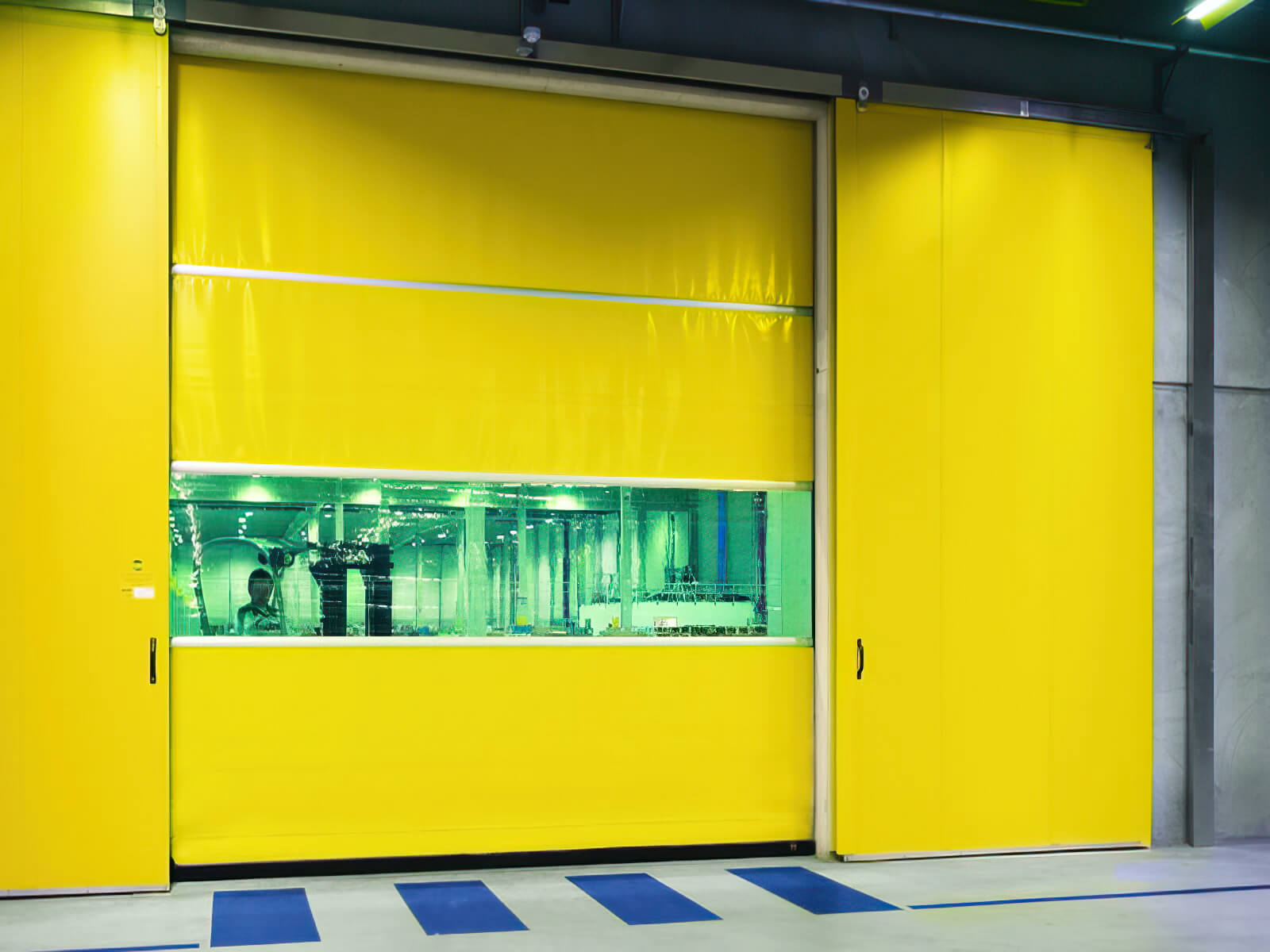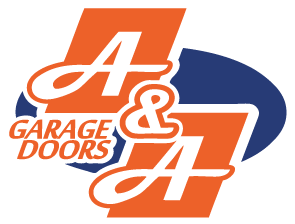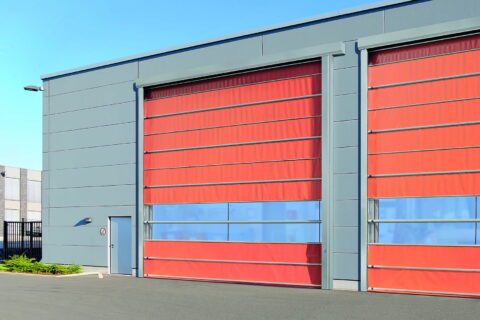call Request A Call Back
"*" indicates required fields
 Exeter's Leading Industrial Shutter Company
Exeter's Leading Industrial Shutter Company
Fire Shutters
Fire Shutter Suppliers & Installers
Fire Rated Shutters are an increasingly popular option and offer fire protection at up to 4-hours greater than would be the case for a standard non-fire rated door or shutter.
They can be used to section off and protect a particular part of a building, the whole building, or even provide protection between floors (horizontal fire shutters).
With over 30 years experience of supplying and installing security and fire shutters, we have seen in recent years an increase in fire rated shutters often connected with building regulations and insurance requirements.
Fire Shutters help many businesses to ensure that they protect their goods, buildings and employees from the threat of fire by offering potentially significant delays to the spread of fire.
If you are a business owner and take the security and safety of your business, premises and staff seriously, you may be surprised to know that every year many businesses are forced to close as insurance companies can refuse to meet claims on the grounds that building regulations and Loss Prevention Council requirements have not been met in relation to fire spread.
Fire Shutters from A&A are the perfect way to ensure compliance. Talk to our expert team before you decide and call to arrange a fire shutter survey

garage_home Industrial Shutter Installation & Repair
Fire Rated Roller Shutters
All our fire shutters are manufactured and produced in accordance with the parameters and technical respects indicated within the specification, which was submitted to the Warrington Fire Research Establishment. The shutters are constructed to Warrington Fire Research Centre WARRES No 192095, the test is in accordance with of BSEN 1634-1 : 2008.
There are three main methods of automatic operation. Firstly, fusible links involving the use of solder wire as connection in the activation circuit. With its relatively low melting point the heat radiated from a nearby fire will cause it to melt and this activates the door.
Secondly, a fire relay means that the fire shutter or door is connected to the fire alarm system. When the alarm is sounded, the fire shutter activates. Finally, there is an audio/visual warning that is used in connection with the fire shutter that is connected to the alarm system. It usually operates with a time delay in conjunction with the fire relay. During this delay an additional alarm is sounded, warning those in close proximity to the door that is about to close, thus allowing them to exit the affected area.
Building regulations require that openings in fire resisting walls or partitions must have a door with an equivalent fire rating to that of the wall or partition. Otherwise the integrity of the wall is undermined.
All electric fire shutters are available in 3 phase, 415volts, 50hz or 1 phase, 240 volts, 50hz.
The shutters are driven by a geared electric motor, which has an integral controlled descent mechanism, emergency hand chain facility and push button starter.
The shutters rate of descent is controlled through the gears being constantly engaged, the closure speed is approximately 100mm per second. The clutch can be reset and the door can be raised and lowered in a normal manner. Each motor incorporates a relay inhibitor to prevent the solenoid 'burning out' if the signal is still coming from the fire alarm.
For information on solenoids and fusible links see modes of activation.
- Maximum opening size 7000mm wide x 7000mm high
- Activation is generally by means of a fusible link, solenoid release or both.
- Units available in 1 phase or 3 phase.
- The motor unit has the facility to simulate a fire test via a pull and reset cord.
All manual fire shutters are designed that they should be left in the open and close only under fire conditions.
The chain operated fire shutter is opened and closed through the JM500 manual unit, which incorporates a controlled descent facility.
The unit has the facility to simulate a fire test via a pull and reset cord.
- Maximum opening size 4000mm wide x 4000mm high
- The manual unit incorporates a controlled descent function, on activation the shutters closure speed is controlled through the gears being constantly engaged, the closure speed is approximately 100mm per second.
- Activation is by either a fusible link mechanism, which closes under temperature, or manual solenoid release unit, which is linked into the fire alarm and is released by a signal from the fire alarm.
All manual fire shutters are designed that they should be left in the open position and close only under fire conditions.
The self coiling manual fire shutter is under sprung so that it closes quickly in the event of a fire.
The self coiling shutters have secondary guide channels to govern a drop bar; this falls under its own weight once the fusible link has been activated.
- Maximum overall shutter size 2850mm wide x 3000mm high
- The barrel is spring assisted and allows the door to be lifted and closed
- This manual fire shutter is designed to be left in the open position and to close under fire conditions.
- Frequent use is not recommended, the shutters are under sprung to enable the door to close quickly under fire conditions.
- Activation of this door is by means of fusible link only, this is a soldered link designed to melt at 68 degrees centigrade, this releases the drop bar and closes the door under its own weight.
- 300mm head plate.
Do You Need Industrial Shutter Repair or Installation? We’re Ready To Start!
Call Us Today 01392 311766 or Request a FREE Quote
We Love Hearing
Your Feedback
Your feedback matters to us. We value your thoughts, opinions, and experiences because they help us improve and deliver our exceptional services. Share your feedback today and let's build something great together.
Urgent 24/7 Industrial Shutter Repair, Installation & Replacement Services
Accredited Garage Door Company
A&A Garage Doors Ltd are a registered member of the Door & Hardware Federation (DHF), who's aims are to raise standards in the building and industrial garage door market. Specifying from DHF members gives you peace of mind when searching for a new garage door supplier you can be assured of the quality of installation. In addition DHF offer value consumer advice on what and who to look for when choosing a new garage door for your home or business.


